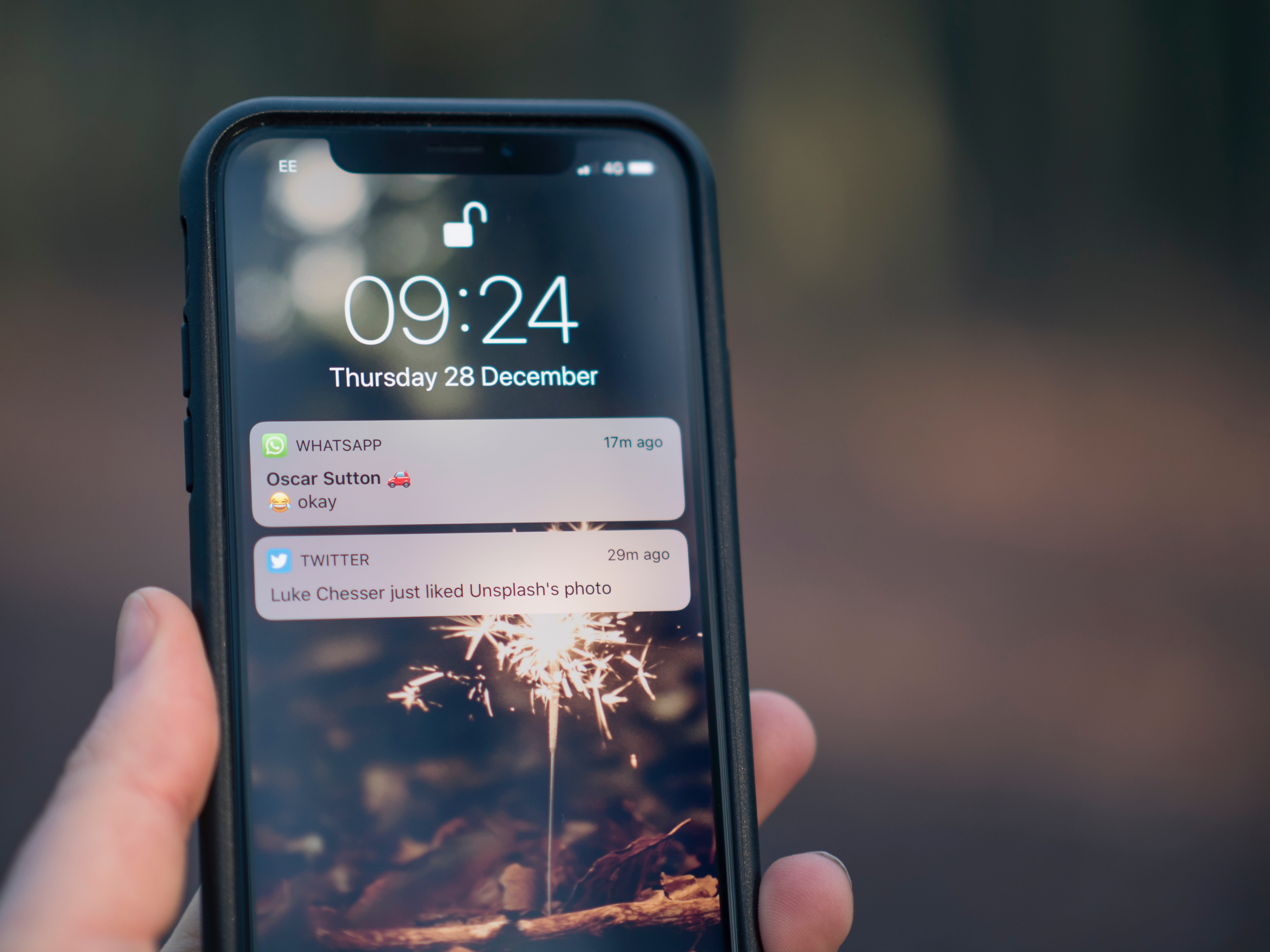Any office can benefit from making their visitors feel welcomed and at ease, but it’s especially important for mental health professionals.
When clients arrive for their therapy appointments, they’re often feeling anxious. Even if they’re not new to your practice, they’ll be anticipating a dive into emotionally fraught personal topics. Plus, many visitors may have recently faced a trauma, or are struggling to process difficult life events.
Because visitors arrive in this vulnerable state, practitioners should take extra care to create a lobby environment and check-in process that paves the way for a successful appointment.
Put visitors at ease and show them that your office values privacy with the following best practices.
Keep Personal Details Out of the Lobby
Your clients are likely coming to your practice for help with a variety of very personal problems.
In many cases, your practice may be specific to a certain type of issue. Letting any personally identifying information slip could expose your client’s deepest personal struggles.
To show clients you respect their privacy, don’t call out full names when it’s time for an appointment. Make it clear to your staff that office visitors will not be expected to verbally confirm personally identifying details within earshot of anyone else in the waiting room.
Instead, encourage visitors to write their personal and appointment information down in the visitor log so that the staff can review it, if necessary. Having an electronic system is even more helpful in this case. Keyboards prevent legibility confusion, and most clients will be happy to type and select their details without the use of a pen and paper.
However, respect for privacy doesn’t end there. Therapy offices should also make sure that client names aren’t left visible on a paper check-in log for anyone else in the waiting room to notice. Electronic check-in apps eliminate this problem, because each new client check-in starts with a fresh screen.
Soundproof the Waiting Room
Soundproofing your office can be tricky and expensive, but it has clear benefits.
First, sounds that carry from the interior of the office into the waiting room send a signal to visitors that their own voices (and those of staff discussing internal matters) could possibly carry into the lobby, which could give them cause for concern.
Making sure that sounds from the reception area don’t travel throughout the rest of the office also means that therapy sessions won’t be interrupted by lobby activities, such as deliveries.
In many cases, soundproof waiting rooms make it impossible to take advantage of a receptionist “window” to the lobby. If there’s not enough room or resources to locate a receptionist directly in the lobby area, consider using a web-connected visitor management system to notify therapists when their clients have arrived.
Create a Policy to Manage Visitor Data
Most office policies require that visitors check in and out for safety, security, and sometimes regulatory compliance purposes. However, those policies don’t always clarify how to handle visitor records over time to ensure visitor privacy.
Sometimes, protecting your visitors’ privacy can even be a legal obligation, thanks to privacy laws such as the GDPR in the European Union. (Related: How The GDPR Will Affect Your Visitor Check-in Process)
For most therapists, visitor data can be safely discarded at the end of each workday.

If you use a paper log, this will mean shredding the log pages. If your office uses a visitor check-in app, you should be able to create a setting where the visitor records are deleted automatically at the intervals you choose.
Note that some visitor management systems have “returning visitor” features that store visitor information. Administrators should be able to turn these features off, or at least allow visitors to opt in to them to satisfy clients’ confidentiality concerns.
Create a Calming Lobby Area
As we mentioned, your clients are likely dealing with plenty of anxiety when they arrive. Your efforts to put them at ease and start establishing trust start begin as soon as they walk in with the aesthetics in the entry area.
Deliberately select furniture and decor with soothing colors, matte finishes, uncluttered spaces, rounded edges, and nature-inspired elements — all of which have been shown to have calming effects.
For more specific details on how to create a calming lobby space, download our office resource:
Other calming features may include plenty of natural light and soothing music or sounds, such as that from a water feature.
Finally, make sure that you prioritize comfort over style or durability in your lobby seating choices so that your visitors can settle into their chairs and feel at home.
Make Sure Visitors Feel Welcome and Expected
The last thing you want is your clients sitting in the lobby or outside of a locked door wondering if you know they’re waiting for you … or if you forgot about their appointment and aren’t there at all.
Despite your best efforts, there will always be the occasional miscommunication or confusion that causes clients to show up at your office on the wrong day or at the wrong time.
This kind of experience can damage any customer relationship. However, it can be especially problematic in a therapy setting where people are already feeling vulnerable when they show up to the appointment.
Your office needs a plan both to prevent scheduling mistakes and a plan to respond to them when they do happen.
For prevention, try a self-scheduling portal or software program that sends automatic email confirmations, reminders, and calendar events to both clients and therapists.

For better responses, create a system for people in the waiting room to contact you or someone else on staff and check the schedule. If you don’t have a live receptionist in your office who can greet your visitors during business hours, you can use a good visitor management software.
The best visitor management programs allow users to set up a series of conditions for notifications. For example, the software can be set up to re-notify the host if the host doesn’t reply within a certain amount of time. The software may then notify another staff member if the original therapist didn’t respond.
Make Sure Visitors Don’t Interrupt Therapy Sessions
It’s difficult for therapists and mental health practitioners to keep an eye on notifications from new clients arrivals while also paying full attention to the clients in session.
Of course, an audible notification can interrupt deep work, and that’s definitely something you want to avoid.
Therapists should avoid any visitor notification system that has the potential to interrupt client sessions. #receptionistapp Click To TweetMany therapists use call lights because they’re a quiet means of alert, but you don’t want to be constantly glancing at the lights throughout your sessions. Plus, even if you do notice the lights, it’s not always possible to stop in the middle of a session and greet the new visitor.
If you’re in a group practice, this is where those custom notifications can really come in handy.
You and your colleagues can support each other to greet visitors when other therapists are occupied. If therapists get visitor alerts on their phones, they can also easily let someone in the office know if a client has shown up at the office on the wrong day — even if they’re not physically there at the office themselves.
If you’re ready to take advantage of the benefits of visitor management software for your therapy practice, please request a free demo of The Receptionist. Our tablet-based system allows you to create a private, secure, and pleasant visitor management system for both clients and staff.
To hear more about how one therapist used it to handle visitors at her growing practice, listen to our interview with Sarah Suzuki of Chicago Compass Counseling.
Share this Post

